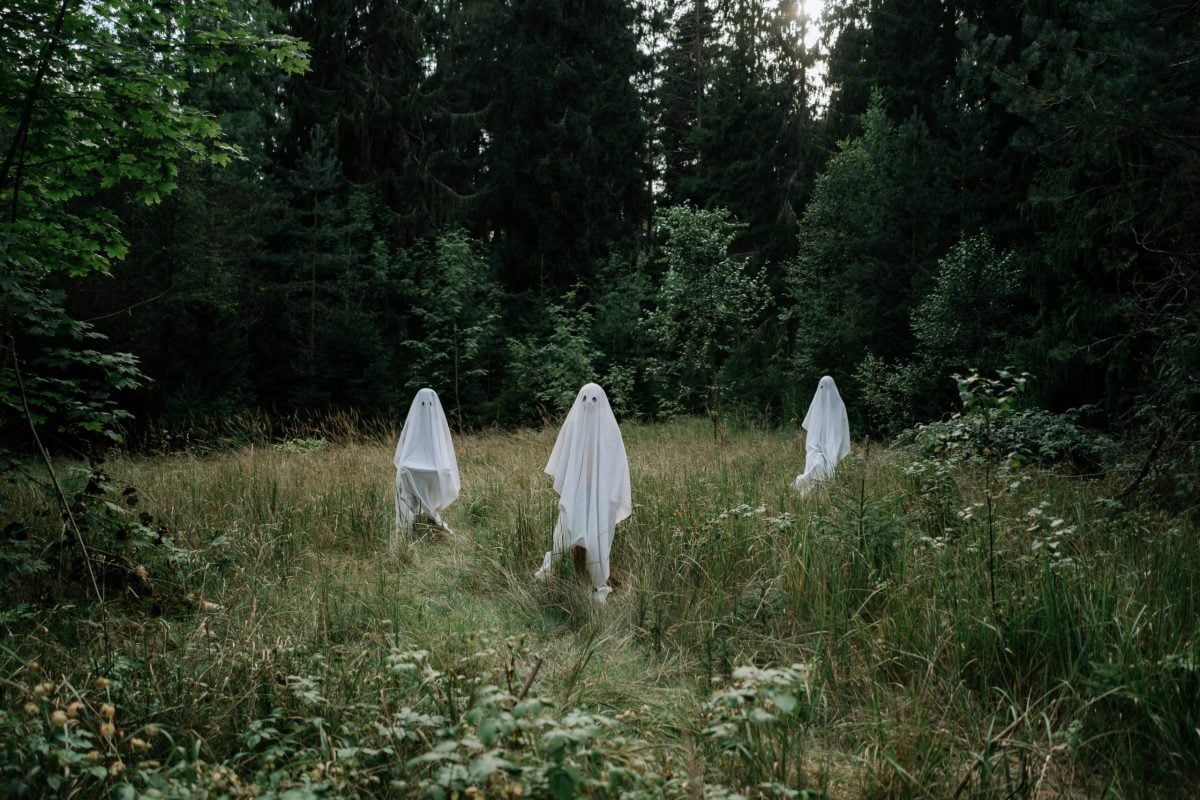Uncategorized
Cursed Ballads and Banshee Wails of Irish Heritage
Cursed Ballads and Banshee Wails: When a Catholic Priest Danced on the Grave of Partition while a Traveller Bride Wept for Her Stolen Love
Estimated reading time: 7 minutes
Key Takeaways
- The story intertwines themes of heartache, cultural identity, and loss.
- The Banshee symbolizes the connection to ancestry and the sorrow of loss in Irish culture.
- Engagement with heritage can help individuals reconnect with their roots.
Table of Contents
Introduction
The Heart of the Story
The Wider Echo
The Now & The Next
Did You Know?
FAQs
Final Word
Introduction
Gather ‘round, gather ‘round, and let me tell you this tale, woven from the fabric of our every heartache and joy. It’s a story spun with curses, ballads, and the sweet wails echoing in the hills, as a Catholic priest boldly danced upon the shadows of Partition, while a Traveller bride shed tears that mingled with the past: lost loves, dashed dreams, and the ghosts of a divided land. So grab your pint or your tea, settle in, and listen closely — for this is one for the ages.
The Heart of the Story
It was one of those days when the skies draped grey like an old curtain, and the air felt heavy with whispers of the past. The priest, a wild spirit in a black cassock, stood atop a grassy knoll overlooking the marker of Partition. They said he danced like a dervish, his feet kissing the soil steeped in centuries of sorrow, as if he were determined to jolt the spirits of every lost soul in the crowd. Behind him, the echoes of rebel ballads wove through the gathering, reminding everyone that they were never truly free — not until the last stone was unturned in their struggle for unity.
And in the crowd, there she was: the Traveller bride with her head held high but heart bowed low. Her love had been taken by the cruel hand of fate, spirited away by a world that didn’t welcome her customs or culture. As the priest pranced, she wept — sometimes quietly, other times wailing like a banshee. Her voice, full of wild lament, mingled with the music of the earth beneath her, reminding everyone, especially the stout-hearted priest, that victories came at a price.
The Wider Echo
This clash of spirit and sorrow serves not just as a tale for the ages. No, dear friends, it resonates for many of us across the globe, living in diaspora, clutching our heritage with both hands, nursing the wounds of what was lost along the way. And while some chase fortunes in distant lands, others remain shackled to the memories of the old country, always yearning to return. Whether in Boston bars, London pubs, or the quiet corners of a Dublin flat, we share these stories — not to stir the pot but to heal. They remind us that the dance of identity is never straightforward; it hums and sways to the rhythm of our suffering and our stories.
The Now & The Next
So where does this leave us today? Perhaps you find yourself donning a GAA jersey in a New York bar or standing proudly under the Tricolour on a pitch at home. As we remember the forgotten souls of our history, we honor the journey — both young and old, Traveller and urbanite, all woven together in this curious tapestry we call Ireland. We carry the ballads, the curses, the hunger, and the pride with us. And as long as we remember them, the spirit remains untouched and fiercely alive.
Did You Know?
- The Banshee is often considered a harbinger of death in Irish folklore, a reminder of those who have come before us.
- Over 1.5 million Irish people emigrated during the Great Famine, forever altering the landscape of Irish identity abroad.
FAQs
What does the Banshee symbolize in Irish culture?
The Banshee represents the deep ties to ancestry and the sorrow of loss, echoing the grief that accompanies our identity. It reminds us to honor those lost while embracing the present.
How can I reconnect with my Irish heritage?
Engaging with traditional music, attending local events, and wearing your county colors, like the GAA jerseys, can help rekindle your connection to Ireland.
Final Word
So, why recount this rich tapestry of pain and passion? Because it’s in our hearts, every tear shed, every joyous dance, we find our true selves. As the priest danced on Partition’s grave and the bride wept her lost love, remember: we carry these stories shared by our grandparents, alive in every song sung and every word spoken. If you carry the same pride we do, you’ll find a piece of home waiting at HubIrish.com.

